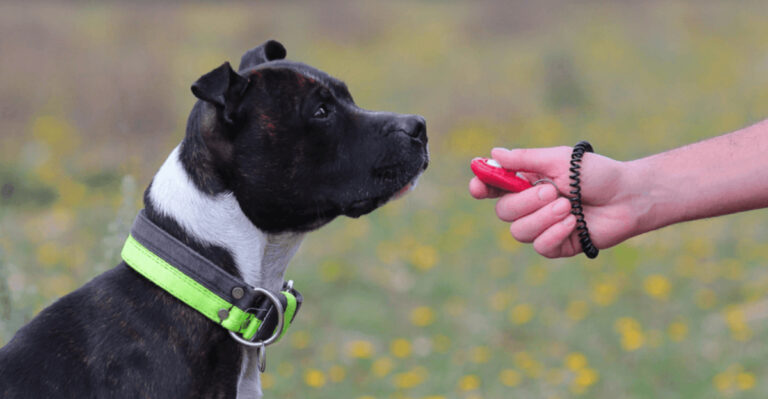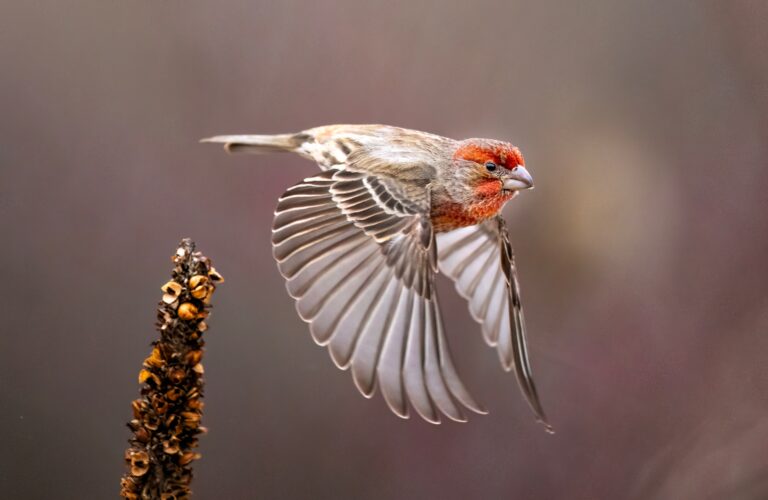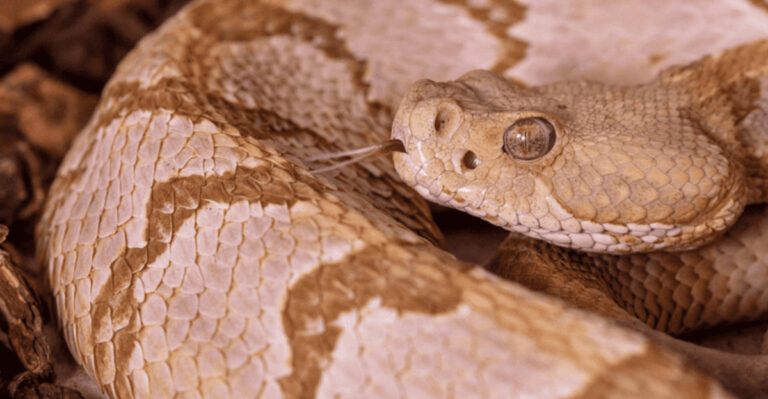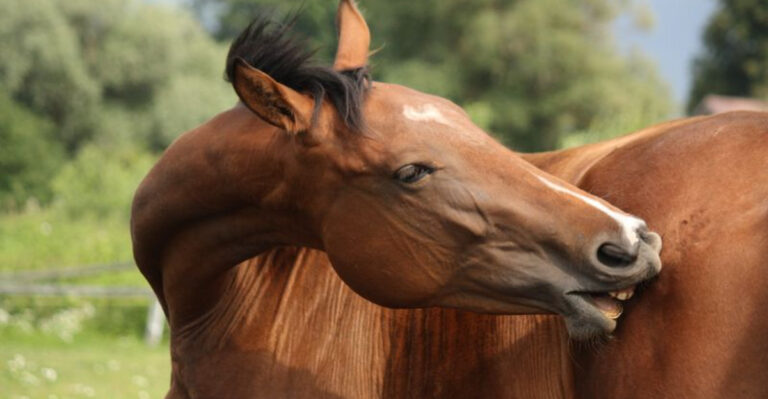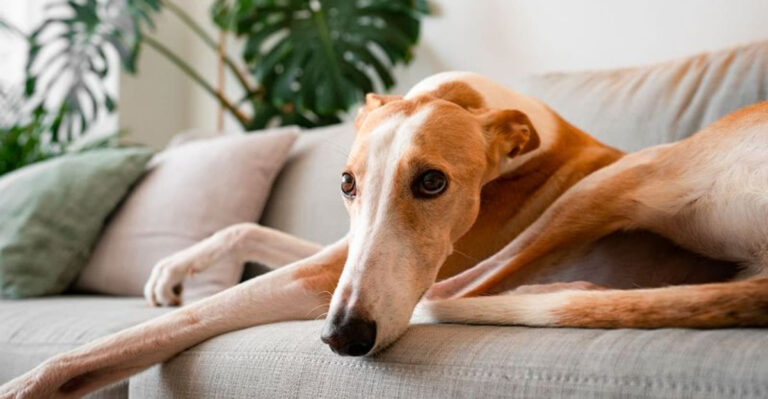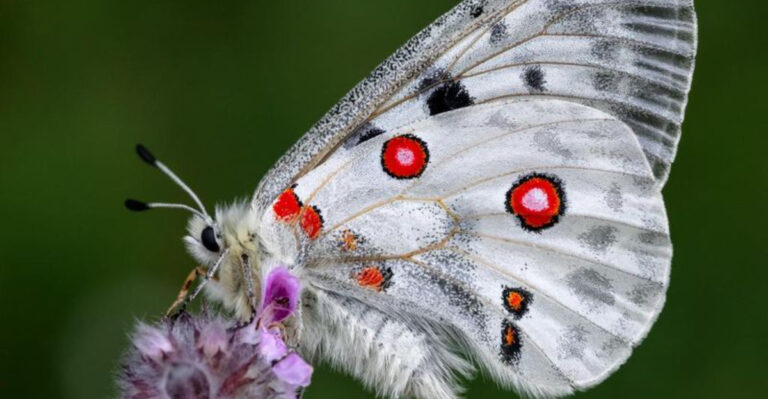16 Horse Breeds That You Should Avoid When Thinking Of A Pet Horse

Dreaming of adding a friendly neighing companion to your family? Not all horses make good pets! Some breeds have specific traits like high energy, special care needs, or training challenges that make them tricky for casual owners.
Before galloping into horse ownership, it’s smart to know which breeds might be too much to handle for beginners or those wanting a simple family pet.
1. Thoroughbreds

Born with racing in their blood, these high-strung athletes often struggle with the quiet life. Their explosive energy and sensitive nature require expert handling and miles of daily exercise.
Many retired racehorses carry physical and mental scars from their careers that demand specialized rehabilitation. For first-time owners, their intensity can quickly become overwhelming.
2. Arabian Horses

Famous for their intelligence and spirit, Arabians can outsmart inexperienced handlers in heartbeats. Their quick minds need constant stimulation, or they’ll invent their own entertainment—usually at your expense!
Hot-blooded and sensitive, they react strongly to their environment and can be quite opinionated. Without consistent, knowledgeable training, these desert beauties become handful pets.
3. Akhal-Teke

Glistening like living gold with their metallic coats, these ancient Turkmen horses demand experienced owners. Their unusual metabolism requires specialized nutrition that baffles most casual caretakers.
Fiercely loyal but suspicious of strangers, Akhal-Tekes form deep bonds with one person and may reject others. Their extreme athleticism combined with their strong-willed nature creates a challenging mix for average horse enthusiasts.
4. Mustangs

Carrying the spirit of freedom in their DNA, untrained mustangs require handlers with exceptional patience and skill. Fresh from the wild, they’re hardwired with survival instincts that take years to soften.
Even adopted Bureau of Land Management mustangs need specialized training approaches. Their independent nature and natural wariness make them fascinating but challenging companions for all but the most dedicated horsemen.
5. Friesian Horses

Looking like they stepped from a fairy tale with their flowing manes and feathered feet, Friesians hide concerning health issues. Genetic problems plague this breed, from digestive disorders to a high rate of dwarfism.
Their massive size demands specialized equipment and handling. Factor in their susceptibility to skin conditions and the meticulous grooming those gorgeous feathers require, and you’ve got a high-maintenance beauty that’s not for casual owners.
6. Standardbreds

Coming straight from harness racing, retired Standardbreds often bring ingrained habits that prove tricky to change. Many struggle to understand riding cues after years of pulling carts at top speeds.
While generally good-natured, their specialized training creates quirks that puzzle recreational riders. Retraining them requires specific knowledge of their racing background and patient, consistent approaches to help them transition to saddle life.
7. Andalusians

Prancing like they belong in royal processions, these Spanish beauties come with price tags and upkeep costs to match their regal bearing. Their specialized training traditions require instructors familiar with classical horsemanship—rare and expensive to find.
High-energy and naturally collected in movement, they quickly become frustrated with inexperienced riders. Without proper training, their powerful builds and spirited nature can overwhelm casual owners seeking simple trail companions.
8. Appaloosas

Behind those famous spotted coats lies a breed developed by the Nez Perce tribe for toughness and independent thinking. This independence often translates to stubborn behavior that tests even experienced handlers.
Appaloosas have notoriously sensitive skin and are prone to equine recurrent uveitis, a leading cause of blindness in horses. Their strong prey instincts and vigilant nature make them reactive in new situations, creating challenges for casual riders.
9. Saddlebreds

Flashy movers bred for the show ring, American Saddlebreds often struggle to dial down their high-stepping energy for casual rides. Their naturally animated gaits require riders with excellent balance and quiet hands.
Many come from show backgrounds where they’ve been trained to be constantly “on.” This creates horses that are perpetually excited and difficult to relax. Without specialized training, their high energy and sensitivity can make them overwhelming for recreational owners.
10. Lipizzaners

Famed for their performances at the Spanish Riding School, Lipizzaners are born athletes with highly specialized needs. Their intelligence quickly turns to boredom without proper mental stimulation, leading to destructive or dangerous behaviors.
Late-maturing both physically and mentally, they require years of patient development before serious work begins. Their specialized classical training background makes them confusing for riders without similar education, creating frustration for both horse and handler.
11. Paso Finos

Famous for their smooth, natural four-beat gait, Paso Finos often struggle when asked to perform normal horse movements. Their specialized breeding for that signature paso gait means many find it physically challenging to trot or canter normally.
Highly sensitive and reactive, they require handlers who understand their unique way of moving. Their specialized saddle requirements and training needs make them poor choices for riders wanting traditional equestrian experiences.
12. Hackney Horses

Bred specifically for dramatic, high-stepping action, Hackneys find it physically difficult to move calmly under saddle. Their exaggerated knee action, while spectacular in harness, creates an uncomfortable ride and makes them unstable on uneven terrain.
Naturally high-strung and reactive, they’re perpetually “on alert.” Their specialized carriage horse breeding makes them ill-suited for the average trail ride or relaxed backyard environment that most pet horse owners desire.
13. Belgian Draft Horses

Sweet-natured but massive, Belgians create logistical nightmares for average horse owners. Their enormous size requires specialized tack, oversized stalls, and reinforced fencing that quickly strains budgets.
Health issues plague these giants, from foot problems to metabolic disorders. Their colossal food requirements can triple normal feeding costs. While their temperaments are usually wonderful, their sheer power means even minor misbehaviors can have dangerous consequences.
14. Clydesdale Horses

Recognized worldwide from beer commercials, these gentle giants hide budget-busting care requirements. Their signature feathered legs demand daily cleaning to prevent painful skin infections called scratches or pastern dermatitis.
Custom-made tack costs several times more than standard equipment. Their enormous appetites translate to feed bills that can reach thousands extra yearly. While wonderfully docile, their massive size means handlers need specialized knowledge to manage them safely.
15. Marwari Horses

Instantly recognizable by their inward-curving ears, these rare Indian horses face serious challenges outside their native environment. Their desert breeding makes them prone to respiratory issues in humid climates.
Fiercely intelligent and naturally suspicious, they form strong bonds with one person while remaining wary of others. Finding knowledgeable veterinary care for this uncommon breed proves difficult in most areas, creating healthcare challenges that casual owners aren’t prepared to navigate.
16. Percheron Horses

Bred for centuries to pull heavy loads, Percherons often struggle with the concept of light recreational riding. Their massive frames put enormous stress on their legs when carrying riders, leading to potential soundness issues.
Natural drafty movement makes them uncomfortable mounts for many riders. While generally quiet-natured, their incredible strength means even minor disobediences can quickly become unmanageable. Their working heritage creates horses that need purpose beyond occasional trail rides.

